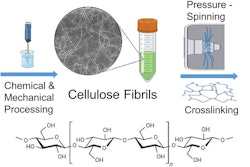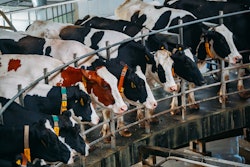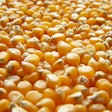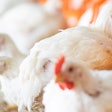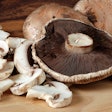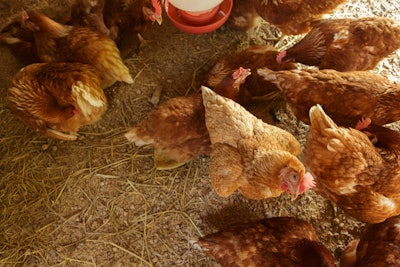
University of Georgia researchers are collecting chicken poop for a cause, and they want poultry producers to help.
The Chicken Ecology and Ecosystem Services, or ChickEES, study, will examine the influence pastured and free-range chickens have on the ecosystem of integrated crop-livestock farms.
The goal of the project is three-fold. First, to quantify the impact of free-range and pastured chickens on pest control. Second, to assess the food safety risks of outdoor poultry production. Finally, measure soil properties and microbial communities to assess the effects of chicken activity on soil.
The research group, comprised of ecological scientists, environmental microbiologists, weed and soil scientists, poultry nutritionists and experts on consumer behavior, have already analyzed chicken feces samples from farms in Georgia and Florida. Now, they’re hoping to widen the study sample.
How to participate
Interested participants can apply for one of 100 free “Chicken Dinner Meal Kits,” which contain sample containers prefilled with a DNA shield buffer, a prepaid return label, gloves and a scoop.
“We will send these out to growers free of charge. They can go on our website and request a kit. Growers can go out in the morning, scoop three different chicken poops, put them in these containers, shake it up and ship it back to us,” said Sofia Varriano, a doctoral student in the University of Georgia Department of Entomology.
“We will be able to tell them exactly what their chickens are eating on their farms.”
Each sample will undergo DNA analysis and sequencing, which the researchers will use to create a custom library. As research progresses, scientists will be able to compare the sequences to learn more about the insect or plant chickens eat in different regions throughout the U.S.
“We are trying to cover a really wide geographic distribution so we can see if chickens are eating different things on the West Coast compared to here,” Varriano said.
Participating producers will receive more than just bragging rights. Those who send in samples will receive data that compares the results within individual farms and each farm against samples from other farms.
For more information, visit the ChickEES study website at chickendinner.uga.edu.



